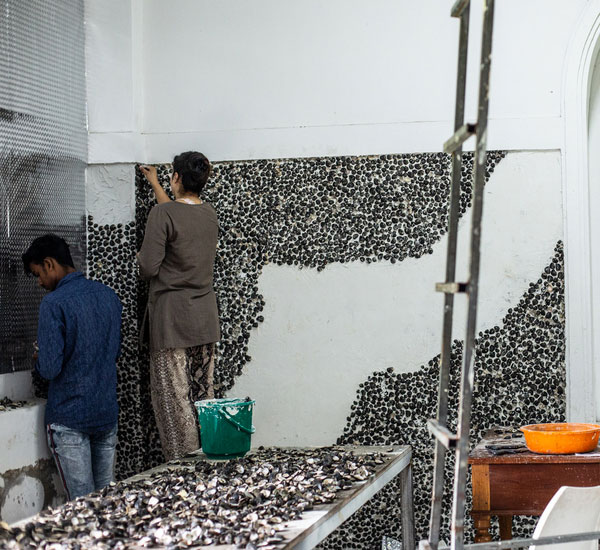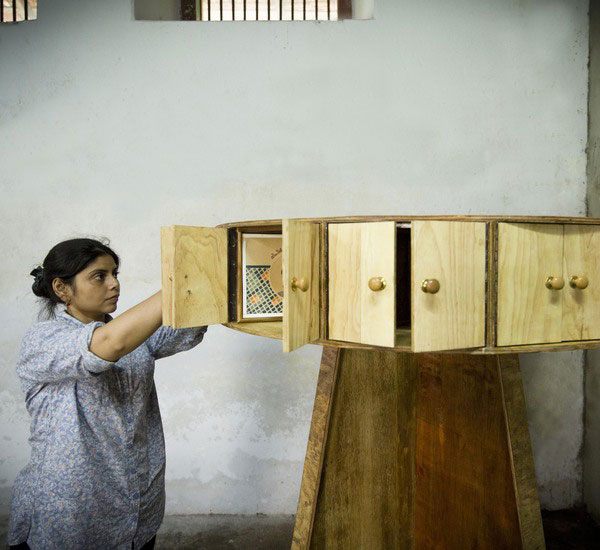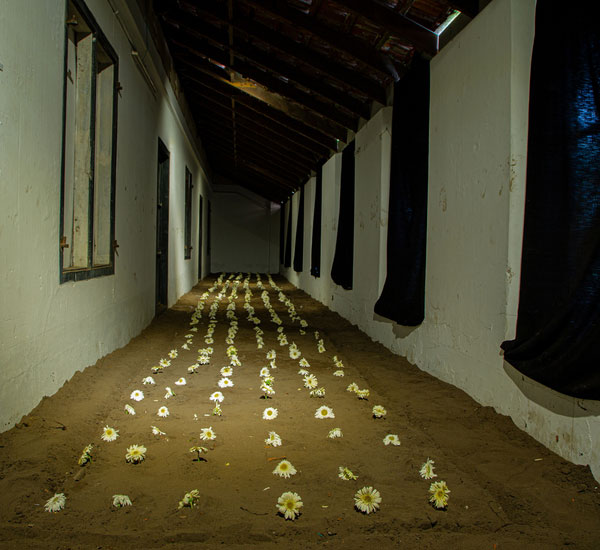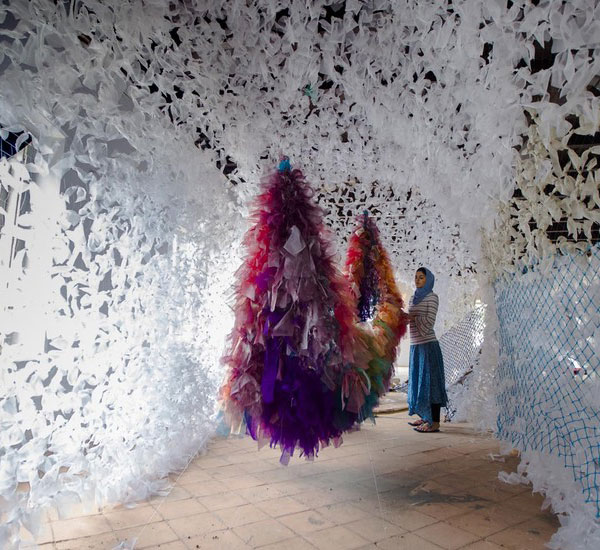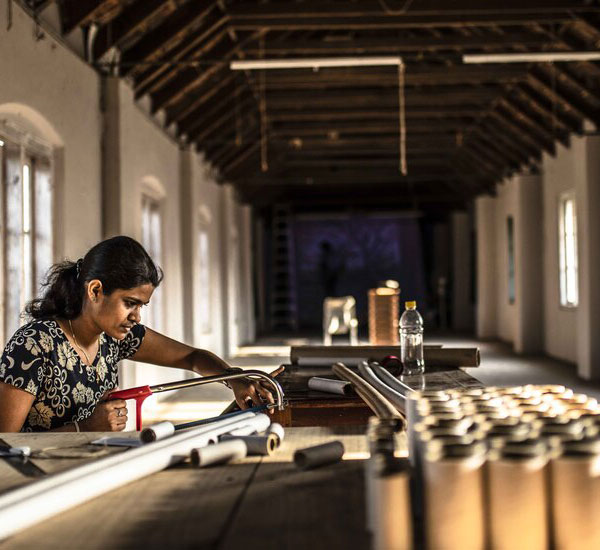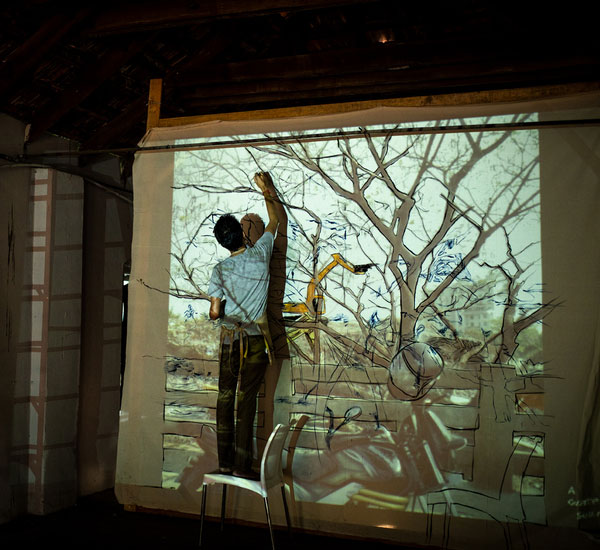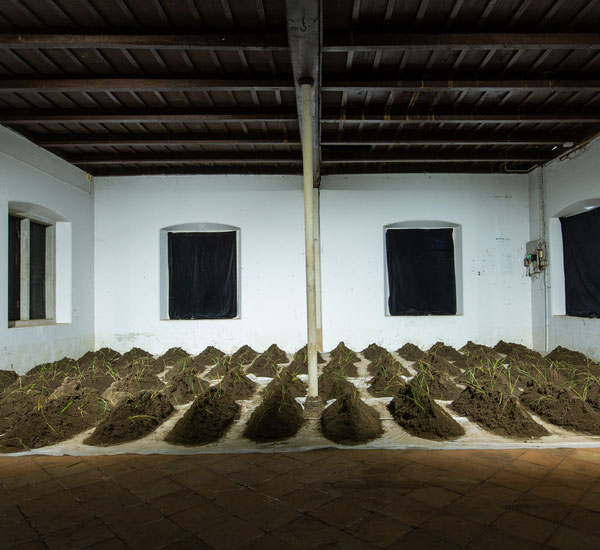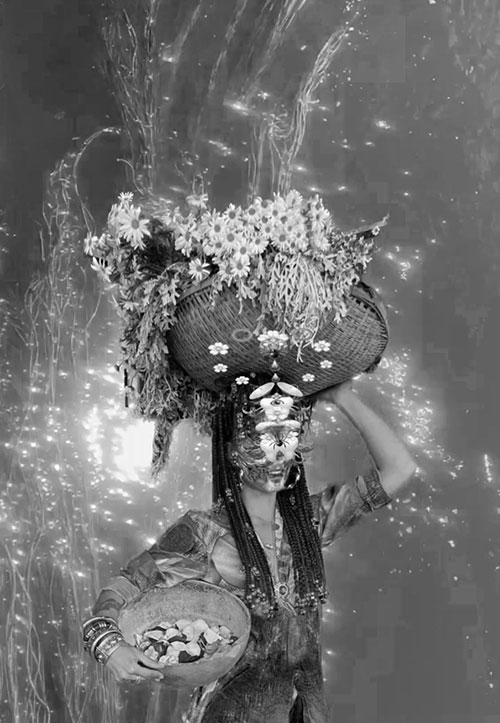Residency brief
The Kochi Biennale Foundation (KBF) Residency programme is thematic and open to creative practitioners across all age groups, practicing in a diversity of disciplines. Invited through Open Calls, artists spend time in Kochi or one of our sister residency partners across the country. The programme consists of an equal mix of South Asian and international artists and the time in India is used to research and/or develop projects. All residencies culminate into an informal exhibition called an Open day and all visiting artists contribute to a local programme in the form of a talk and/or workshop.
The residency explores worlding through the oceans along with the connections and affinities it has made possible over millennia. It provides a space for research, collaboration, making or rest and serves as an incubator for ideas and speculations.
The Residency is undertaken in partnership with the Lyon Biennale, l’institut d’art contemporain and macLyON.

